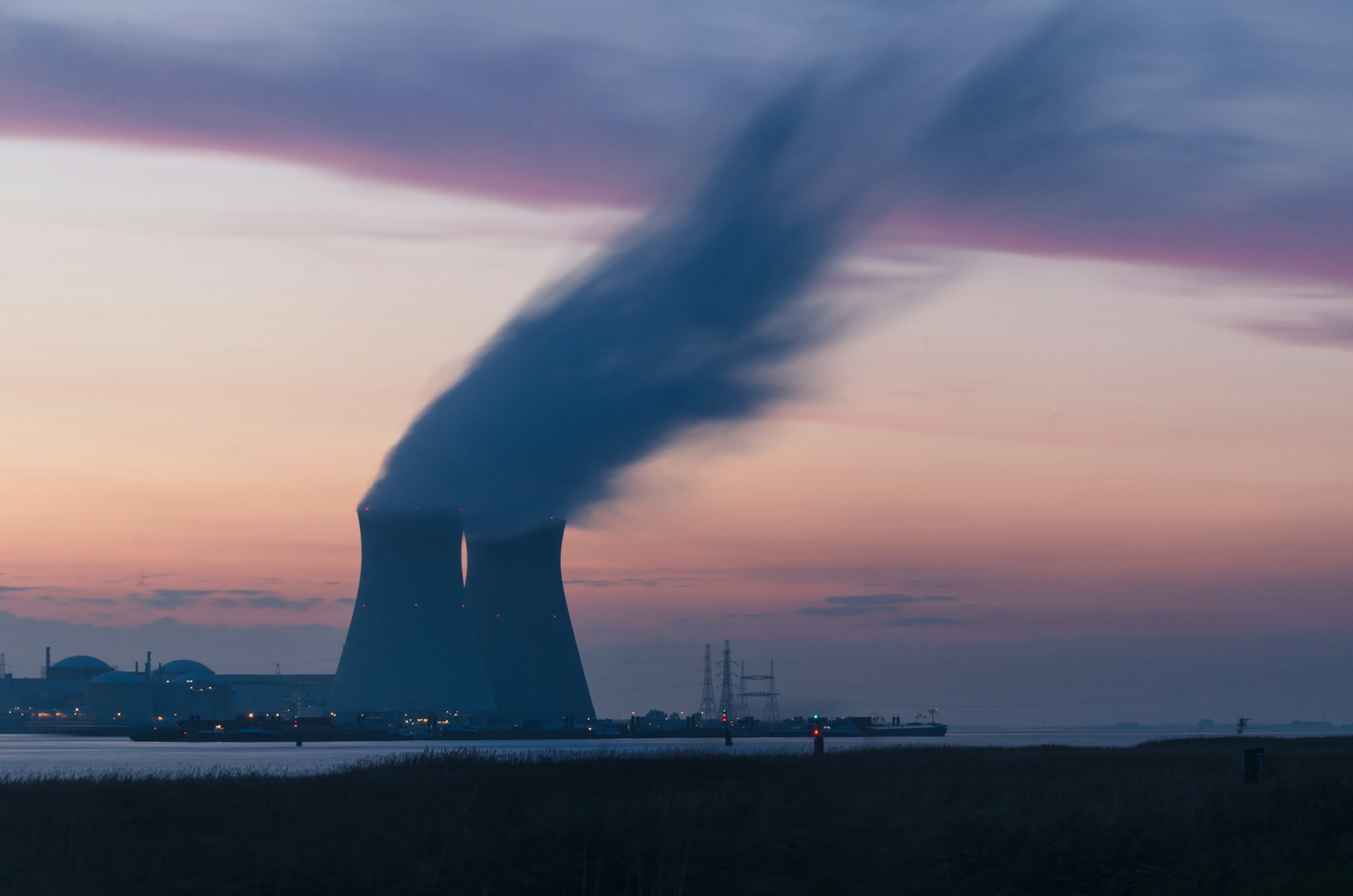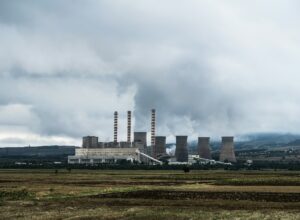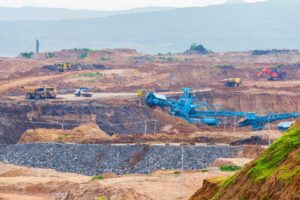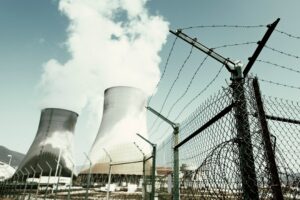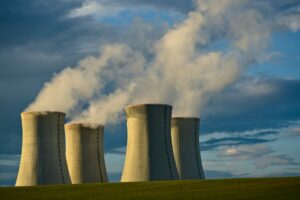As the global push to transition toward cleaner, more sustainable energy solutions continues to gain momentum, the widespread adoption of nuclear power has become increasingly important. Nuclear energy offers a unique combination of reliability, efficiency, and eco-friendliness, making it an indispensable component in the world’s evolving energy mix. However, the provision of clean, consistent, and accessible energy remains a challenge, particularly for remote communities where large-scale nuclear reactors may not be a feasible or cost-effective solution.
In this informative article, we will examine the potential role of small-scale nuclear reactors as a viable means of addressing energy needs in remote and off-grid areas. Guided by expert insights from William Sheriff, founder and Executive Chairman of enCore Uranium, we will explore the unique characteristics, advantages, and transformative potential of small-scale reactors in providing a sustainable solution for decentralized energy generation, particularly in the context of promoting clean, domestic nuclear power production and fostering microgrid development.
Join us as we delve into the fascinating world of small-scale nuclear reactors, investigating both the technological advancements driving their growth and the innovative strategies being employed by industry visionaries like enCore Uranium and William Sheriff. Together, we aim to unveil the immense potential inherent in these cutting-edge energy solutions, ultimately contributing to a cleaner, greener, and more secure future for energy generation in remote communities around the world.
1. Small-Scale Nuclear Reactors: An Overview of Design and Operation
Small-scale nuclear reactors, or small modular reactors (SMRs), are compact and flexible nuclear power generation units designed to provide accessible and sustainable energy to remote and off-grid communities. Let’s take a closer look at their key features:
- Modular Design: SMRs are designed with modularity in mind, allowing for factory fabrication, transportation, and onsite assembly, greatly reducing construction times and costs compared to traditional large-scale nuclear facilities.
- Scalability: The output capacity of small-scale reactors ranges from a few megawatts to a couple of hundred megawatts, providing a scalable solution that can be tailored to suit the specific energy demands of various communities and industries.
- Safety and Security Features: SMRs are designed to include passive safety systems, minimizing the risk of accidents and enhancing the overall safety and security of nuclear power operations.
2. Benefits of Small-Scale Nuclear Reactors for Remote Communities
The integration of small-scale nuclear reactors into remote communities offers a range of environmental, economic, and social benefits:
- Reliable Power Supply: SMRs can provide a stable, consistent, and dependable source of energy for remote communities, significantly improving their quality of life and fostering local economic development.
- Reduced Emissions and Environmental Impact: By replacing diesel and fossil fuel-based generators, small-scale nuclear reactors can significantly reduce greenhouse gas emissions and contribute to a cleaner environment.
- Cost Competitiveness: The modular design, reduced construction times, and operational efficiency of SMRs can translate to lower upfront capital costs and competitive electricity prices for remote and off-grid regions.
- Job Creation and Economic Growth: The development, construction, and operation of small-scale nuclear reactors can contribute to job creation and economic growth in remote areas, providing skilled employment opportunities and fostering the growth of local industries.
3. Technological Innovations and Development in Small-Scale Nuclear Reactors
Advancements in reactor design, materials science, and engineering have greatly contributed to the development and growing interest in small-scale nuclear reactors:
- Advanced Reactor Designs: Breakthroughs in reactor design, such as high-temperature gas-cooled reactors (HTGRs) and liquid-metal-cooled fast reactors (LMFRs), have expanded the range of possibilities for small-scale nuclear reactors, making them more adaptable and versatile.
- Innovative Materials: The use of advanced materials and fuels in SMRs can contribute to enhanced safety, efficiency, and longevity, while also simplifying maintenance and waste disposal requirements.
- Integrated Digital Technologies: The integration of advanced digital technologies, such as artificial intelligence, machine learning, and IoT-based management systems, can further optimize the performance and safety of small-scale nuclear reactors.
4. Challenges and Future Prospects for Small-Scale Nuclear Reactors in Remote Communities
While small-scale nuclear reactors hold immense potential for addressing the energy needs of remote communities, their successful implementation may also face various challenges:
- Technological and Developmental Hurdles: The commercial deployment of advanced SMR designs often requires overcoming technological and developmental obstacles, including the need for extensive testing and validation of new technologies.
- Regulatory and Licensing Challenges: The integration of small-scale nuclear reactors in remote communities necessitates the development and adaptation of existing regulatory structures, licensing processes, and safety standards.
- Economic Viability: As with any innovative technology, ensuring the long-term economic viability of small-scale reactors is essential to their successful deployment, requiring ongoing advancements to improve efficiency and reduce costs.
- Community Engagement and Acceptance: Gaining widespread community acceptance of small-scale nuclear reactors hinges upon successful engagement, education, and communication strategies to address concerns and build trust.
Conclusion
Small-scale nuclear reactors represent a promising, transformative energy solution for remote and off-grid communities, providing a cleaner, more sustainable, and reliable power source. By embracing the potential of small-scale nuclear reactors, investing in research and development, and fostering a more inclusive and accessible approach to nuclear power generation, we can actively work together to break down barriers and overcome challenges, driving innovation and sustainability in remote energy provision.
Under the visionary guidance of William Sheriff and enCore Uranium, the potential of these innovative reactors can be further explored and promoted, ultimately playing a pivotal role in shaping the future of clean, domestic nuclear energy production around the world. The widespread adoption of small-scale nuclear energy solutions not only stands to transform the landscape of domestic power production, but ultimately paves the way for a cleaner, greener, and brighter future for all. Contact William Sheriff today to learn more about how small-scale nuclear reactors can benefit your community and contribute to a more sustainable future.
